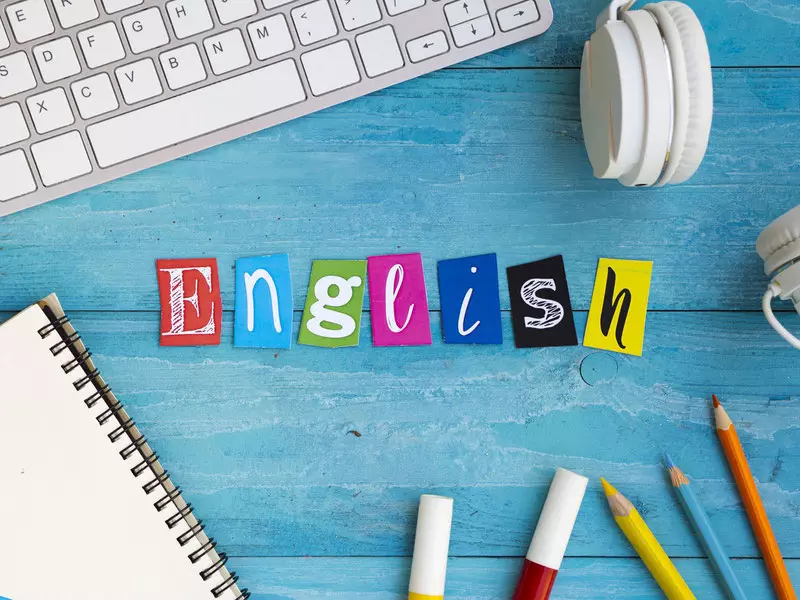The Common European Framework of Reference for Languages (CEFR) is a system that evaluates and references language proficiency levels according to international standards.
It is an international standard recommended by the Council of Europe that evaluates how well you speak and understand your skills in a foreign language.
It is used to measure language skills and provides a framework for the learning and teaching of languages.
This framework is used to define language proficiency levels and plays an important role in language education around the world.
CEFR (Common European Framework of Reference for Languages), importance for language learning and teaching:
- Standardization: Ensures consistency between language programs in different countries. Trainees' language skills can be assessed to an internationally recognised extent.
- Goal Setting: It helps trainees to set goals in their language learning process. Each level determines how certain skills (reading, writing, listening, speaking) are acquired.
- Assessment and Certification: CEFR-based tests and certifications provide an opportunity to recognize trainees' language abilities at an international level. It can be useful in job applications or admission to training programs.
- Learning Materials: The CEFR is used as a guide in the development of language learning materials and syllabus. Thus, resources suitable for the needs of the trainees are produced.
- Self-Assessment: Allows trainees to assess their own language skills. This makes learning processes more conscious and purposeful.
- International Communication: The CEFR encourages communication and interaction between individuals in different languages because it provides a common point of reference.
For these reasons, the CEFR is common in language learning and teaching.
The CEFR is an international standard for learning and teaching languages.
Within this framework, language skills are classified into six levels (A1, A2, B1, B2, C1 and C2),
These levels are used to assess one's progress and proficiency as they develop language skills.
A Level (Basic User)
A1 (Beginner):
- Understand and use simple expressions.
- Introducing yourself and others.
- Establish basic communication regarding daily needs.
A2 (Pre-Intermediate Level):
- Understand expressions that are frequently encountered in everyday life.
- Self-expression on basic issues such as simple communication, shopping, asking for directions.
Level B (Independent User)
B1 (Intermediate):
- Understanding texts on familiar topics such as family, work, school.
- Dealing with situations that may be encountered while traveling.
- Expressing ideas in short and simple contexts.
B2 (Upper Intermediate):
- o Understand more complex texts and speak in detail on a specific topic.
- o Communicate in an understated, natural way.
- o Ability to express opinions and defend.
Level C (Competent User)
C1 (Advanced):
- o Ability to understand long and complex texts.
- o Ability to express fluently and naturally.
- o Communicate effectively in academic and professional contexts.
C2 (Proficient Level):
- o Ability to use language at almost native level.
- o Ability to understand complex texts and comprehend fine details.
- o Provide very effective communication, both verbally and in writing.
These levels can be tailored to the age and level of the trainees.



